2020 Jeep Gladiator Mojave Review: Honestly, Why Not?

A good friend of mine owns a 4-door Jeep JK Wrangler. True story, it was the first manual transmission he ever owned, so he learned to drive manual as he was driving it off the lot. I once helped him put a full snowmobile into the back of his Wrangler. I’m made to understand he’s not unique in his treatment of his SUV like a pickup. So, if you were shopping for a Wrangler, why wouldn’t you buy Gladiator?
Like, whatever, you don’t have to, but it costs pretty much the same amount as a 4-door and doesn’t feel appreciably different. Plus you get the added practicality of a truck bed.
Mojave (and yes, I am pronouncing it with a hard J for comic effect)
This model, specifically, is the Mojave. According to the Jeep materials, that makes it the first-ever Desert Rated Jeep. Makes me wonder why they didn’t think of desert-rating their vehicles before, but hey, what do I know? It makes sense, though, to enter the market of high-speed, desert off-roaders like the Chevrolet Colorado ZR2, and the Toyota TRD Pro trucks, and the popular—if higher speed— Ford F-150 Raptor.
SEE ALSO: 2020 Toyota Tacoma TRD Pro ReviewTo compete against those trucks, Jeep has essentially taken the high trim Gladiator Rubicon and added a few deserty bits to make it more adept at sand bowls than rock crawling. An extra inch of front suspension means more travel for higher speed undulations. That lift comes from 2.5-inch Fox internal bypass shocks. These have external reservoirs and offer the Gladiator industry-exclusive hydraulic jounce bumpers so that you aren’t hurting the truck when you bottom out the springs.
FAST FACTS
| Engine: | 3.6L V6 |
| Output: | 285 hp, 260 lb-ft |
| Transmission: | 6MT, 4WD |
| US fuel economy (MPG): | 16/23/19 |
| CAN fuel economy (L/100KM): | 14.3/10.7/13.7 |
| Starting Price (USD): | $44,140 (inc. dest.) |
| As-Tested Price (USD): | $56,205 (est, inc. dest.) |
| Starting Price (CAD): | $56,840 (inc. dest.) |
| As-Tested Price (CAD): | $61,275 (inc. dest.) |
Jeep has also strengthened the frame so that you can get home even if you get some air. That’s part of a whole stream of strengthening—cast iron steering knuckles, stiffer rear axle, larger diameter rear track bar, larger bushings, et cetera. All of which means that you can go crashing through the desert as easily as those other Jeep drivers go crawling over parking lot dividers at the mall.
Closer to the ground still, you get 17-inch wheels with 33-inch all-terrain tires, which aren’t all that great in the snow, but do a fine job everywhere else. One of the main features here, though, is the Off-Road+ button, which helps with high-speed off-roading. It adjusts throttle, transmission, shift points, and traction control to optimize running through the sand at high speeds.
4 highs and lows
Although this may all be excellent for off-roading at high-speeds, it’s less great for on-roading at high speeds. The Gladiator is a very comfortable truck, but all of that off-roading tech means that it’s a bit vague on the highway. Never have I come so close to wandering out of my lane so often before. It’s always the trouble with designing off-road-on-road vehicles, and although it’s not a deal breaker, driving the Gladiator isn’t for the faint of heart. It requires near constant focus—which, I know, you should always be focused on driving, but I tend not to have to focus quite so much on going straight.
Although I’m nowhere near a desert, I was lucky enough to have it during a fresh snowfall. Big empty parking lots full of fresh snow may not allow for the high-speed jumps of the desert, but they do allow for some slidey goodness. Even with the traction control off, though, the stability control did jump in to take away some of my fun, but the length of the Gladiator makes is a pretty easy truck to control during oversteer. The tires were perhaps better suited to mud than snow, but the ability to stick it in 4 High meant that I never wanted for grip. Still, if you live near the desert and you’re likely to go off-roading, this could certainly get the kids to school then you back home at 100 mph through the brush.
SEE ALSO: 2021 Ram 1500 TRX Review: First DriveSpeaking of highway driving, fuel economy was laughable. The EPA reckons you can get up 19 mpg (12.3 L/100 km) with the 3.6-liter V6 in either the six-speed manual or the eight-speed auto (they trade an extra mpg in highway and city driving), but what I saw was more like 15 (15.6). Granted, it was cold and I was doing some city driving, but I also took it on some fairly lengthy highway drives. The gearing of the manual—which I had—does allow you to hover at around 2,200 rpm at highway speeds in sixth gear, but like the steering it’s a bit vague, making it hard to be really efficient at lower speeds. If you do manage to meet EPA expectations, though, you won’t be far off the V6 Colorado’s rating, which is impressive given the Jeep’s general sense of off-roady toughness.
Must-have Mojave
Inside, well, it feels like a Wrangler. If you blindfolded someone and only took it off once they were inside the cabin, I’m not sure they’d know where they were. As with the rest of the JK lineup, the interior is good, if agricultural. Comfortable enough for what it wants to be and the Uconnect infotainment system still feels great under your touch. It reacts quickly and then just gets out of the way.
If you live anywhere near snow, I highly recommend getting the sidesteps. I did not have them, which made clearing the snow off the roof very annoying. And, honestly, having to climb up into the truck, kicking your legs like a toddler climbing onto a chair, just isn’t dignified.
Verdict: 2020 Jeep Gladiator Mojave Review
After the first drives, I saw a lot of reviews saying the Mojave is the best version of the Gladiator, and I certainly hope so. Starting around 44 grand (56 big ones in Canada), it costs enough to be. Not living near a desert, I think the Rubicon would probably be fine for me, but honestly if you’re looking at any 4-door Wrangler, it’s probably worth looking at the Gladiator equivalent. They cost about the same through the range, and feel about the same, except you actually get a truck instead of something that you’ll probably just treat like a truck.
As I said at the top. Why not?
Become an AutoGuide insider. Get the latest from the automotive world first by subscribing to our newsletter here.
LOVE IT
- Feels a lot like a Wrangler, plus you get a manual
- Desert racing is mankind’s finest invention
- All the practicality of pickup
LEAVE IT
- Feel a lot like a Wrangler, so it’s not the lap of luxury
- A little squirrelly on the highway
- Not the most economical truck

Sebastien is a roving reporter who covers Euros, domestics, and all things enthusiast. He has been writing about the automotive industry for four years and obsessed with it his whole life. He studied English at the Wilfrid Laurier University. Sebastien also edits for AutoGuide's sister sites VW Vortex, Fourtitude, Swedespeed, GM Inside News, All Ford Mustangs, and more.
More by Sebastien Bell




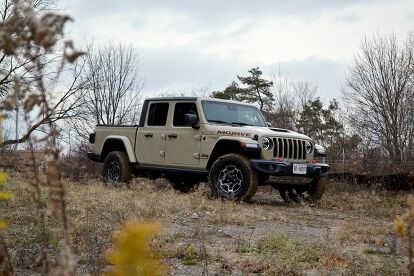

























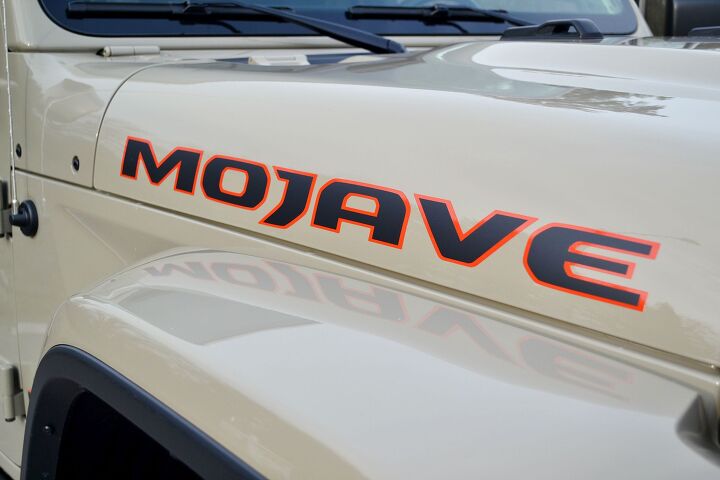
















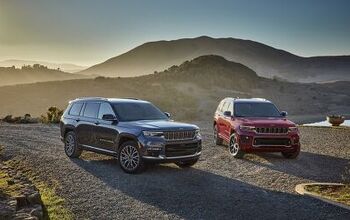


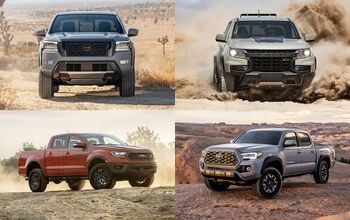



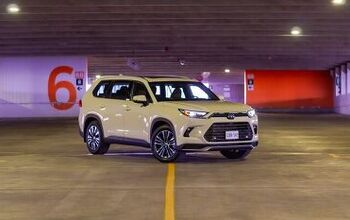

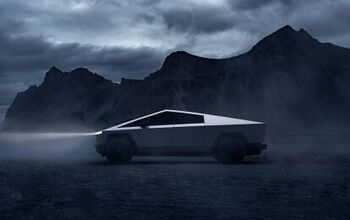
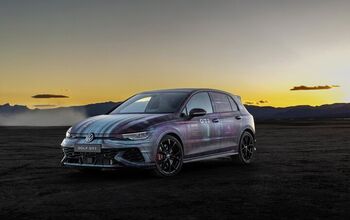


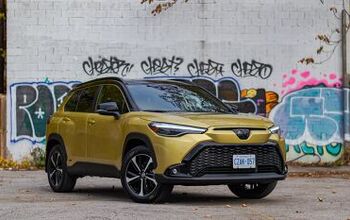
Comments
Join the conversation